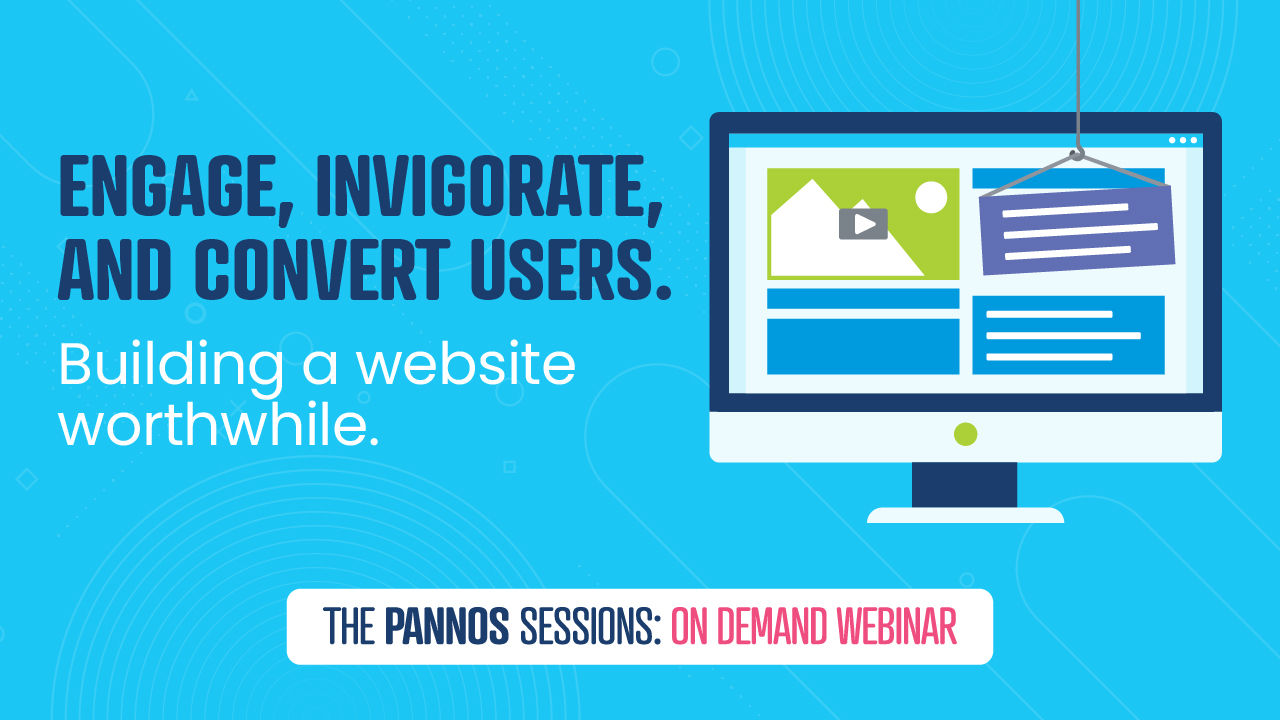
September 11, 2020
Building a website may seem like a simple endeavor but anyone that has gone through the process knows it can be overwhelming at times. The amount of rhythmic gymnastics it takes to keep up with an FI website rebuild and redesign is something that puts even the most organized marketer to the test.
To help you better understand how all the players of a redesign work together, we have put together a reference list of typical roles and responsibilities for your website rebuild team.
Web Development Agency
The company developing your website should be your most trusted ally in this process. They have (hopefully) gone through this process numerous times before, so will be able to give you sound advice and help you understand the next steps at any point in the project. A project manager should be assigned to your project. They will take on the responsibility of ensuring that all timelines are met, including resource management. They can also assist with identifying when and where you may need to get your internal resources involved.
Responsibilities Include:
- Providing a timeline/schedule of important dates and milestones for the project
- Hosting a discovery meeting with the FI to determine the goals and voice of the new website
- Creating an existing and proposed sitemap
- Developing a tone of language to be conveyed through the site that best represents the FI's brand
- Organizing and writing content (SEO)
- Creating desktop and mobile designs
- Setting up the CMS
- Building out the website from the designs
- Deploying content to the site
- Testing functionality of the site in various browsers and devices
- Testing accessibility of the site to make sure it meets WCAG 2.1 standards
- Training the FI on how to use the website’s CMS
- Assisting in the launch of the website
- Monitor analytics and performance of the website
- Support and maintenance after the website launches
Hosting Company
The hosting company will manage the server that your website runs on. More often than not, your web developer will be able to point you in the direction of reputable hosting companies that they have had experience working with.
Responsibilities Include:
- Supplying a secure server for the website to run on
- Testing the security of all content on the server including the website and CMS
- Giving the web developer access to upload files and modify the database
- Setting up the SSL certificate(s)
- Setting up a staging domain to test the site on
- Supplying the FI with the DNS information needed for launch
- Setting up DNS records for the website and third parties if needed
- 24/7 Support for the hosting environment
- Working with the web developer to make sure everything is functioning properly on the website
Third-Party Vendors
Third-party vendors, such as your core banking provider that supports your online services like online account opening, chat, etc., will usually need to provide you with code snippets for the web developer to use to integrate into the new website.
Responsibilities Include:
- Provide code snippets and instructions to web developers
- Include ways to test the new functionality. For instance, test credentials for online banking.
- Skin their website to match the look of the new website
- Verify their content is working after the web developer adds it to the new site
Financial Institution
The FI is the engine that drives the process. You will be responsible for making sure all the parties involved have the information and instructions they need through each phase of the project.
Responsibilities Include:
- Selecting vendors (web developer, hosting company, etc.)
- Research. Discover sites that you love and sites that you hate. Think about the strong points and weak points of your current website. Keep your goals for the new website in mind as you're perusing other sites.
- Selecting the CMS and functionality you want for your site
- Work with the web developer to create a schedule and milestone dates
- Ensure website hosting is in place before the programming phase begins
- Review and approve sitemaps, designs, content and website build-out
- Contact third-party vendors and ask them to supply any code snippets and information needed for their integrations
- Notify any third-party vendors that need a reskin of their product to match the new website (They will usually ask for the design files your web developer provides you)
- Train and practice making updates to the website through the CMS
- Notify all parties of the website launch date and their deadlines
- Test, test, and test some more
- At launch, update the domain name DNS with the information the hosting company provided
- Ask lots of questions
As you can see, modern websites have many working parts. Identifying who will be responsible for each part of the website will keep things running smoothly, on time, and on budget. And, we promise that by the end of it all, you will be thrilled with the final product - your beautiful, brand-new website.







